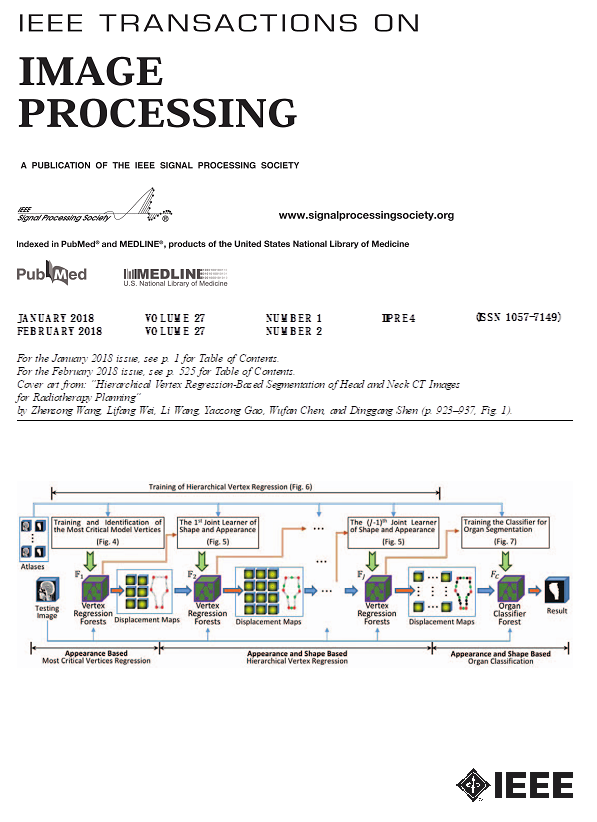Bayesian Contrast Measures and Clutter Distribution Determinants of Human Target Detection
IF 10.8
1区 计算机科学
Q1 COMPUTER SCIENCE, ARTIFICIAL INTELLIGENCE
引用次数: 2
Abstract
Human target detection is known to be dependent on a number of components: one, basic electro-optics including image contrast, the target size, pixel resolution, and contrast sensitivity; two, target shape, image type and features, types of clutter; and three, context and task requirements. Here, we consider a Bayesian approach to investigating how these components contribute to target detection. To this end, we develop and compare three different formulations for contrast: mean contrast, perceptual contrast, and a Bayesian-based histogram contrast statistic. Results on past detection data show how the latter contrast measure correlates well with human performance factoring out all other dimensions. As for clutter, our findings show that with large targets, there are effectively no clutter effects. Furthermore, clutter does not have a major effect on detection when it is not contiguous with the target even when it is smaller. However, except for large targets, when the target is contiguous with the clutter, detection clearly decreases as a function of the similarity of target and clutter features—creating type of “clutter camouflage”. This Bayesian formulation uses priors based on the contrast histogram statistics derived from all the images, the image context, and implies that human observers have adapted their criteria to fit with the image set, context, and task.人体目标检测中的贝叶斯对比度量和杂波分布决定因素
已知人类目标检测依赖于许多组件:一,基本的电光学包括图像对比度,目标尺寸,像素分辨率和对比度灵敏度;二、目标形状、图像类型和特征、杂波类型;第三,背景和任务要求。在这里,我们考虑使用贝叶斯方法来研究这些组件如何有助于目标检测。为此,我们开发并比较了三种不同的对比度公式:平均对比度、感知对比度和基于贝叶斯的直方图对比度统计。对过去检测数据的结果表明,后一种对比测量方法与排除所有其他维度的人类表现之间存在很好的相关性。对于杂波,我们的研究结果表明,对于大目标,实际上没有杂波效应。此外,当杂波与目标不相邻时,即使目标较小,也不会对检测产生重大影响。然而,除大型目标外,当目标与杂波相邻时,随着目标与杂波特征相似性的增加,探测量明显下降,这是一种“杂波伪装”。这种贝叶斯公式使用基于所有图像、图像上下文的对比度直方图统计的先验,这意味着人类观察者已经调整了他们的标准来适应图像集、上下文和任务。
本文章由计算机程序翻译,如有差异,请以英文原文为准。
求助全文
约1分钟内获得全文
求助全文
来源期刊

IEEE Transactions on Image Processing
工程技术-工程:电子与电气
CiteScore
20.90
自引率
6.60%
发文量
774
审稿时长
7.6 months
期刊介绍:
The IEEE Transactions on Image Processing delves into groundbreaking theories, algorithms, and structures concerning the generation, acquisition, manipulation, transmission, scrutiny, and presentation of images, video, and multidimensional signals across diverse applications. Topics span mathematical, statistical, and perceptual aspects, encompassing modeling, representation, formation, coding, filtering, enhancement, restoration, rendering, halftoning, search, and analysis of images, video, and multidimensional signals. Pertinent applications range from image and video communications to electronic imaging, biomedical imaging, image and video systems, and remote sensing.
 求助内容:
求助内容: 应助结果提醒方式:
应助结果提醒方式:


